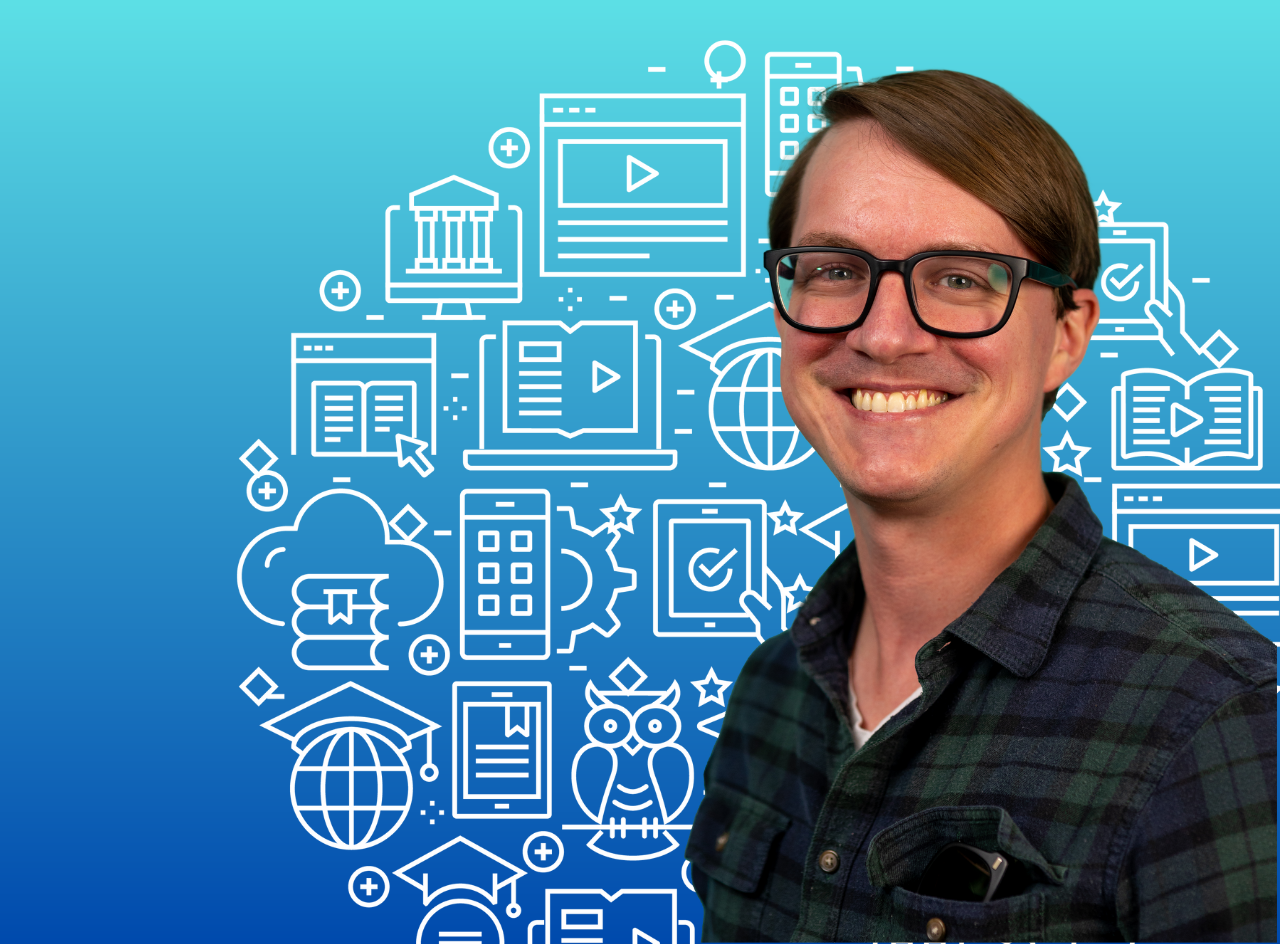It’s time for institutions to adapt to a digital first mindset to better support all students.
I’ve been thinking about this topic for quite some time. Whether it is my recent article for the Pathify magazine, or my panel at SXSW EDU, I’ve been speaking and writing about how higher ed institutions need to adjust their physical footprint and digital infrastructure. I’ve called this process “right-sizing” which I’ll say is the action. There’s an overriding philosophy which guides these actions. I want to provide more context to this and explore the core premise of what I think the future of the college campus looks like; The Digital First University.
What is the Digital First Mindset?
I’ll begin with a definition of what I mean by “digital first.” I define this new normal as institutions making decisions where they invest in student support resources and other assets thinking of their fully online and hybrid students first. They make choices inclusive of students’ needs and make them more accessible to their entire student body, encompassing commuters, residential or working adult learners. This is a major paradigm shift from years past where online students at best were ostracized from the institutional decision making process and given separate support systems to exist within. What we’ll see now is a more integrated digital environment augmenting the physical campus.
This integrated digital environment will encompass many different aspects of the student experience — connecting with their peers in addition to faculty and staff members via dynamic social platforms with scheduling and video call capabilities. While events and tutoring will take place online, institutions will livestream and record more large scale programs such as guest speakers. These are just a few examples of what this environment will look like. There are numerous other student support functions of an institution reflecting this hybrid reality.
As a side note, institutions often try to leverage their LMS as the central platform for everything, but they aren’t designed for this, so it is important to relieve them of this responsibility by utilizing tools purpose built as a one-stop shop. These tools bring together all of the resources a student needs into one place as well as mirror the experience across the web and a dedicated mobile app. The consistency here is important so students do what’s needed wherever they are.
The New Reality
We see many institutions already reflecting this digital first reality. Arizona State University (ASU) had a Fall 2022 class of 61,000 online students, up 6.9% from the year prior and making up the vast majority of their student body. There is also Southern New Hampshire University (SNHU), currently hosting 3,000 students on their campus but a staggering 170,000 online students, according to their website. Many other institutions already launched digital strategies, such as Purdue Global, or are considering the best path to do so. Purdue Global is now nearly as large as the main Purdue University campus population.
While not every campus will have these ratios, there are still notable growth trends showing the continued momentum of digital education’s expansion within higher education. For example, more young people fully enroll in online universities than in years past, which mostly consisted of older adult learners. In addition, more students generally take at least some online courses during their studies which allows them greater flexibility in their schedule. We’re also witnessing the growth rate of online students at several institutions increasing at a rapid pace and may be the only area where they increase their student population.
These enrollment trends emerged before, during and after the pandemic. They’re causing real impacts on the colleges and universities who lagged behind adapting to this new normal. Nearly 100 nonprofit institutions closed in the past several years, in addition to massive contraction of the for-profit sector. Institutions now must adapt to making decisions with a digital first mindset. It is now a matter of how leaders will choose an adaptation to best fit into their mission and culture.
A Future Full of Possibilities
I see a bright future for higher education, one in which their unique campus environments complement a digital ecosystem contoured to each constituent being served. This means creating unique interfaces for prospective students, current students, alumni, parents, faculty and staff. There should also be even more tailored experiences for the students served which provides relevant information about their major, class year, etc. We’ll explore what each of these look like individually in future posts.
Let’s embrace the future, imagine what is possible and create a hybrid campus experience better serving all students. There’s an immense opportunity for creativity here and I look forward to seeing how institutions adapt. We’ll be here to help enable your potential.
